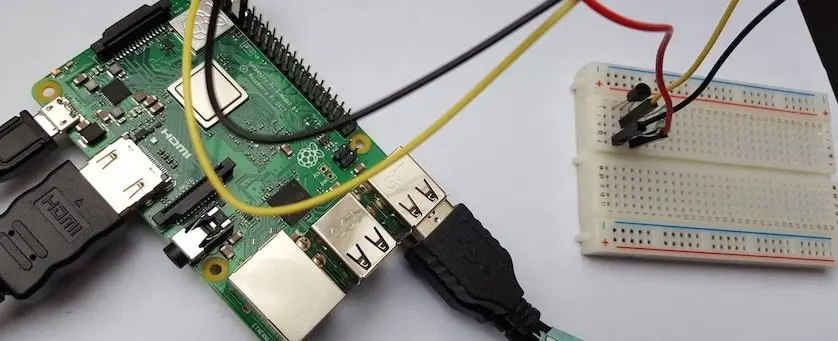International IP Law - Protect Your Patents, Trademarks & Copyrights Worldwide
Introduction
For startups and innovators expanding globally, understanding international intellectual property (IP) law is essential. Whether it's patents, trademarks, copyrights, or trade secrets, securing your rights across multiple jurisdictions can protect your business from infringement and strengthen your competitive position. However, each country has its own legal system, and navigating agreements like the Patent Cooperation Treaty (PCT), the Madrid System for trademarks, and regional IP laws can be complex.
What you'll find here:
- How to protect your intellectual property internationally
- Key differences between US, EU, and other major IP systems
- Global patent, trademark, and copyright regulations (PCT, Madrid System, Berne Convention)
- Strategies for startups and businesses to secure IP rights worldwide
Below, you'll find some expert insights and practical guidance to help you navigate the international world of Intellectual Property Rights.





